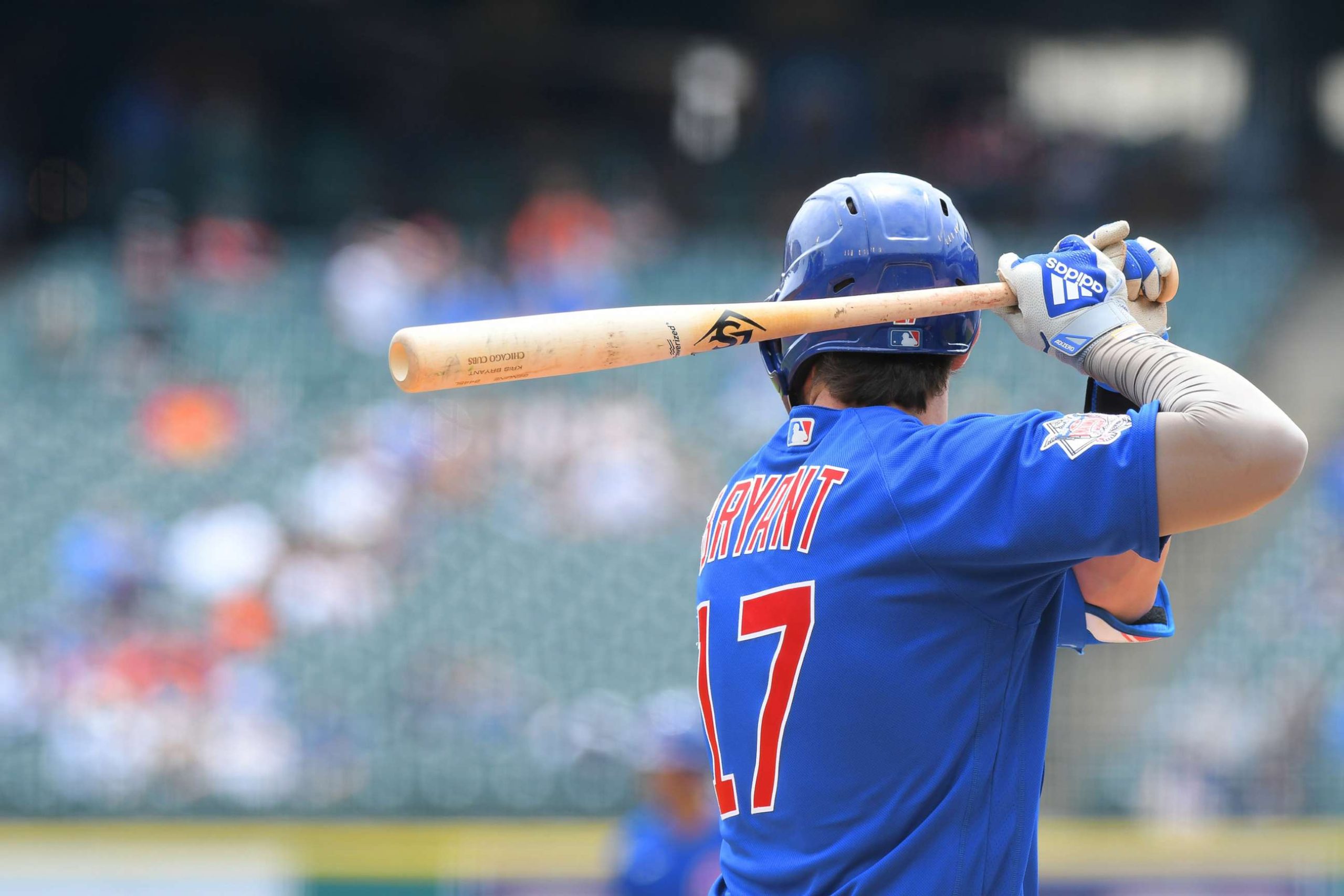Evolution of Traditional Willow Bats to Composite Cricket Bats: A Journey
Cracking the History: Evolution of Cricket Bat
The evolution of cricket bat materials has been an intriguing journey. The origins of the cricket bat can be traced back to the early stages of the game when players used simple sticks or clubs. It later evolved into something more similar to a hockey stick before finally taking on the familiar shape and form of the modern cricket bat. Until the end of the 16th century, players would utilize anything likely to get the cricket ball from one place to another, from a simple stick to a curved bat reminiscent of a hockey stick.
The bat has seen several transformations, from a curve-shaped design like a hockey stick to the straight cricket bats we know today. This transformation started when the Marylebone Cricket Club, the custodian of cricket rules, introduced new laws to restrict the width of a bat following an incident in 1771 when a player brought out a bat as wide as the wicket. This pivotal moment in the Evolution of Cricket Bat Materials led to the first instance of bat manufacturers carving the bat out of a single piece of English Willow.
Bat Evolution: Wood Technology to Synthetic Cricket Bat Materials
Advancements in Bat Materials: From Willow to Carbon Fiber Blades
This single piece of willow, known as English Willow Salix Alba, was perfect for crafting a bat because of its low density and lightweight properties. The wood’s perfect balance between weight and resistance allowed it to strike the ball adequately without the bat being too heavy. Bat manufacturers made this discovery and started using willow, both English Willow and Kashmir Willow, as the primary source of wood for crafting cricket bats.
However, with the arrival of the modern-day, bat manufacturers have started incorporating other materials into crafting cricket bats. Modern cricket bats combine traditional willow wood and synthetic materials such as carbon fiber and titanium. The hybrid of wood and synthetic materials has brought forth a new era of the Cricket Bat Evolution, where bats made from carbon fiber blades have found their place on the pitch.
Impact of Bat Materials on Cricket Performance: A Study
The impact of the materials used in cricket bats on the players’ performance is considerable. Over the years, bats made from different materials have shown different performance attributes. For instance, Willow cricket bats offered a significant advantage of a larger sweet spot, but the downside was their heavy weight.
The advent of lighter materials, such as Carbon fiber, has allowed bat manufacturers to create bats that are not only lighter but also have a larger sweet spot. The result is a bat that allows the player to make a powerful stroke with less force, improving their overall performance.
The Rise of Hybrid Cricket Bat Construction: An Industry Trend
The introduction of synthetic materials into cricket bat construction has changed the cricket bat design and revolutionized the game as a whole. The modern-day bats are a result of this revolutionary change. These bats are much lighter and have a larger sweet spot, enhancing the game’s dynamics and player performance.
Moreover, using synthetic materials in the construction of a cricket bat has brought new opportunities for manufacturers. Composite cricket bats, which combine traditional willow wood and synthetic materials, have become increasingly popular among professional cricket players. The primary reason for this increasing popularity can be attributed to the optimal balance these bats offer between weight and performance.
Modern Cricket Bat Design: The Material Science and Technology
Performance-enhancing Materials in Bat Manufacturing: Case of Composite Cricket Bats
The fantastic combination of traditional wood (English Willow) with synthetic materials such as titanium or carbon fiber makes modern cricket bats superior. The choice of material is not the only change that has come with the evolution of cricket bats; an equally significant transformation has been observed in the bat shape.
Cutting-Edge Bat Materials: Enhancing Bat Durability and Performance
One of the significant advantages of using synthetic materials in manufacturing cricket bats is their enhanced durability and performance. For instance, a cricket bat made using English Willow wood might dent or chip after a hard shot and lose effectiveness. However, with carbon fiber-reinforced bats, this is different. The high strength-to-weight ratio of carbon fiber ensures that the bat can withstand intense forces with no risk of chipping or damage. Therefore, modern cricket bats are not only lightweight but also incredibly durable. They have a proven ability to handle high-speed deliveries with effortless ease, thus significantly improving a cricketer’s performance on the field.

Innovations in Cricket Equipment: Comparative Study of Aluminum and Traditional Willow Bats
Aluminum bats, popularly known as the “ComBat,” introduced by Australian cricketer Dennis Lillee in the late 70s, significantly deviated from using willow in cricket bats. Although these aluminum bats were sturdy and highly durable, they fell out of favor due to the discernible damage they could cause to a cricket ball.
Conversely, traditional willow bats, especially the English Willow bats, have been popular for centuries and are the preferred choice amongst cricketers. They are renowned for their perfect balance between the bat’s weight and its sweet spot, providing an impressive reaction when striking the cricket ball.
A Deep Dive into Historical Bat Materials: Evolutionary Changes in Cricket Bats
Revolution in Bat Design: The Advent of Carbon Fiber Blades
Including carbon fiber in bat design marked a significant shift in cricket bat evolution. With its lightweight and high strength-to-weight ratio properties, it has been influential in producing lighter bats with optimal sweet spots and improved durability.
Material Science in Cricket: The Rise and Advancements of Synthetic Cricket Bat Materials
Synthetic materials, especially carbon fiber, have significantly contributed to the evolutionary journey of cricket bats. These materials have brought about remarkable advancements in bat designs, proving invaluable for modern cricketing techniques.
